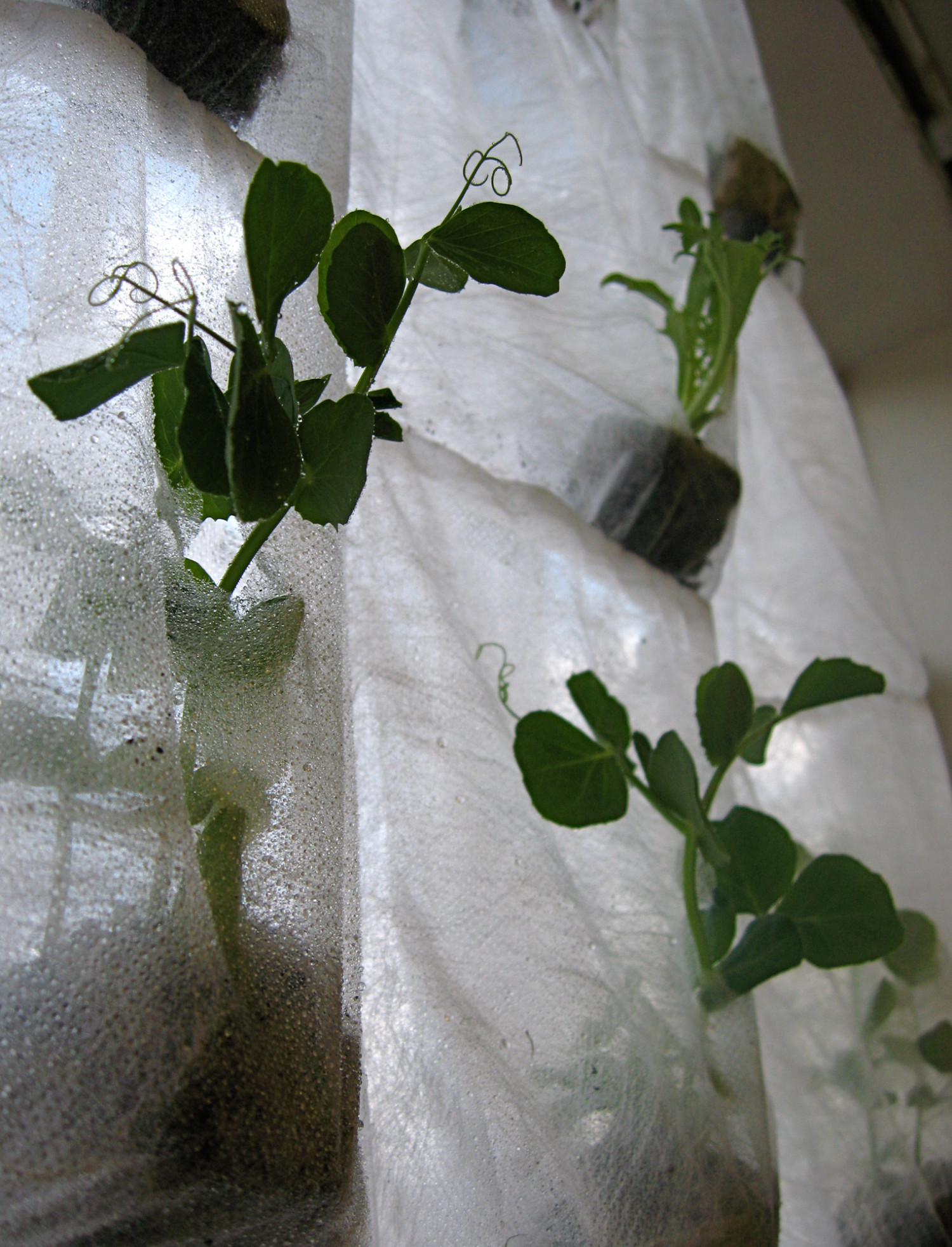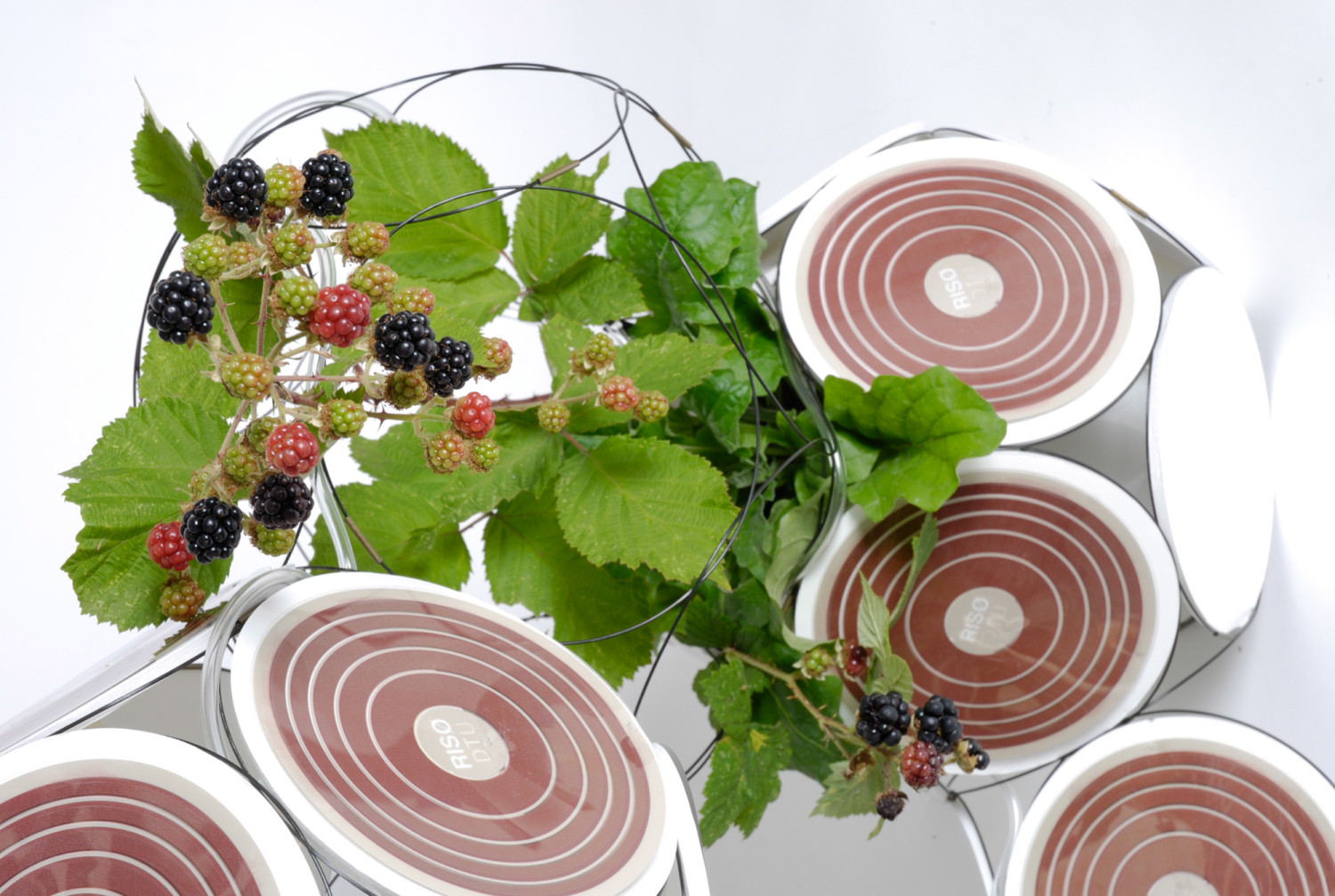Design Science research and exhibition
The Nobel Textiles Exhibition was presented at the ICA, London for the London Design Festival 2008.
Nobel Textiles is a collaboration between Nobel-winning scientists and designers to create textiles inspired by the discoveries of the Nobel Laureates. Loop.pH has been paired with Sir John E. Walker and the following text discusses the journey and discoveries of this unique collaboration.
Rachel Wingfield and Mathias Gmachl have been responding to the work of Sir John E. Walker, who has been instrumental in improving our understanding of biological energy conversion in living cells. Awarded a Nobel Prize in 1997 for his work describing how enzymes make ATP (adenosine triphosphate), he has outlined one of the most important biological systems known to man. Every day we convert around one-half our body weight in ATP. The constant cycling of this molecule drives everything from decomposition to muscle contraction in anything from bacteria to crocodiles. We share John’s interest in the workings of this incredible molecular machine with its rotary motor that spins at 50-100 times every second within our cells.
For the past two years we have investigated the qualities of ENERGY – in a very broad context – using design to address some of the serious issues we face today from our dependance on cheap energy to human nutrition and global food shortages. Our proposals include lightweight solutions for Urban Agriculture to creating adaptive flexible architecture based on molecular biology, coupled with energy harvesting canopies and membranes inspired by photosynthesis. Our design process has reflected a ʻmetabolic thinkingʼ where waste is food in an ever cycling and emergent system.
 The meeting of Science and Design is imperative and it can happen in our kitchens. The objective is to allow more people to participate in using scientific methodologies in an ecological way to improve their local environment. From the outset, this project has been about using design to open up the process of discovery, sharing the field of science with the general public – from running workshops to performances and installations.
The meeting of Science and Design is imperative and it can happen in our kitchens. The objective is to allow more people to participate in using scientific methodologies in an ecological way to improve their local environment. From the outset, this project has been about using design to open up the process of discovery, sharing the field of science with the general public – from running workshops to performances and installations.
Our studioʼs woven and modular architectural structures provide a lightweight solution for growing food plants in small spaces without soil. Weʼve married this with current research on organic and dye-sensitized solar cells, which can be made at home with berries picked from your garden. The urban ecosystem, Metabolic Media, comprises of geotextile structures and solar cells designed to charge the batteries of a fueling pump system that feeds and monitors the network of plants by misting the roots with nutrient rich solution.

One of the exciting developments of this project has been the outcome of a collaboration with Risø DTU, the National Laboratory for Sustainable Energy in Denmark. We have been working with printed, organic solar cells based on the work by Dr. Frederik Krebs, Senior researcher and Torben Damgaard Nielsen, Innovation pilot. Large tensile surfaces and building facades could be used to harness the suns energy and turn it into electrical energy using flexible printed photovoltaics (solar cells).
A modular photovoltaic membrane was prototyped for the installation that can be clad to our synetic textile architecture to provide both shelter and shade from the sun during the day and once evening falls light is cast into the darkness using low-power micro LEDs with printed circuitry. We will be developing this over the next 12 months as a low cost, high volume source of light for emergency shelter relief – where light and electricity are not provided for. More information on the organic solar cells can be found here http://www.risoe.dk/solarcells